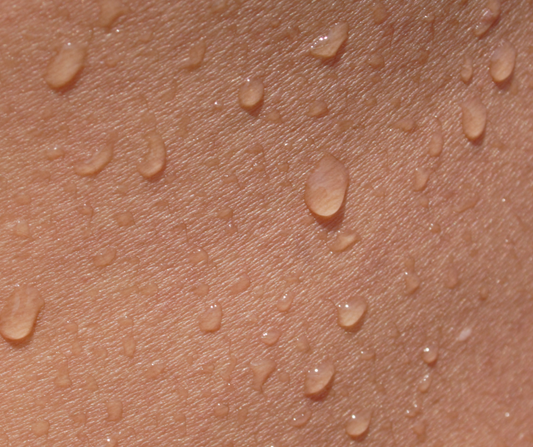Joint pain is a common yet often overlooked symptom of menopause. For many, the connection between hormonal changes and physical discomfort isn’t immediately obvious. However, understanding the link between menopause and joint health is essential for managing this challenging symptom and maintaining overall well-being.
In this blog post, we’ll explore why joint pain occurs during menopause, how hormonal shifts play a role, and what steps you can take to reduce discomfort and stay active.
Why Does Menopause Cause Joint Pain?
The main culprit behind menopause-related joint pain is the decline in estrogen levels. Estrogen is not only vital for reproductive health but also plays a protective role in maintaining bone density and reducing inflammation. When estrogen levels drop during menopause, the following changes can occur:
-
Increased Inflammation: Estrogen has anti-inflammatory properties, so its decline can make joints more susceptible to inflammation.
-
Reduced Cartilage Protection: Estrogen helps preserve cartilage, the tissue that cushions your joints. As estrogen levels fall, cartilage may thin, leading to joint pain and stiffness.
-
Bone Density Loss: Menopause accelerates bone loss, which can increase the risk of conditions like osteoarthritis and osteoporosis, both of which contribute to joint discomfort.
Common Symptoms of Menopause-Related Joint Pain
Joint pain during menopause can vary in intensity and location. Some of the most common symptoms include:
-
Stiffness in the morning or after periods of inactivity.
-
Swelling or tenderness in the joints, particularly in the knees, hands, hips, and shoulders.
-
Aches and discomfort that worsen with physical activity.
-
Reduced range of motion in affected joints.
It’s worth noting that hormonal changes during menopause can also exacerbate existing joint conditions, such as arthritis.
Lifestyle Factors That Contribute to Joint Pain
While hormonal shifts are a key factor, certain lifestyle and health choices can amplify joint discomfort during menopause:
-
Weight Gain: Menopause often leads to changes in metabolism, and weight gain can place additional stress on joints, particularly in weight-bearing areas like the knees and hips.
-
Sedentary Lifestyle: Lack of regular movement can cause stiffness and weaken muscles that support the joints.
-
Poor Nutrition: Diets low in essential nutrients, such as calcium and vitamin D, can impair joint and bone health.
How to Manage Joint Pain During Menopause
The good news is that menopause-related joint pain can often be managed with a combination of lifestyle changes, medical treatments, and natural remedies. Here’s how:
-
Stay Active: Low-impact exercises like walking, swimming, and yoga help strengthen muscles, improve flexibility, and reduce stiffness.
-
Focus on Nutrition: A diet rich in calcium, vitamin D, omega-3 fatty acids, and antioxidants can promote joint and bone health. Foods like leafy greens, fatty fish, and nuts are excellent choices.
-
Maintain a Healthy Weight: Reducing excess weight can alleviate pressure on joints and improve overall mobility.
-
Try Natural Remedies: Supplements like glucosamine, chondroitin, or turmeric may help reduce inflammation and improve joint health. Always consult a healthcare provider before starting any new supplements.
-
Consider Hormone Replacement Therapy (HRT): HRT can help balance declining estrogen levels and may alleviate joint pain for some individuals. Discuss this option with your doctor to determine if it’s right for you.
-
Stay Hydrated: Adequate hydration supports joint lubrication and reduces stiffness.
When to See a Doctor
While mild joint pain can often be managed at home, persistent or severe discomfort warrants medical attention. Consult your healthcare provider if you experience:
-
Swelling or redness in the joints.
-
Joint pain that interferes with daily activities.
-
Symptoms that worsen over time despite self-care efforts.
Your doctor may recommend further evaluations, such as imaging or blood tests, to rule out underlying conditions like rheumatoid arthritis or severe osteoarthritis.


















